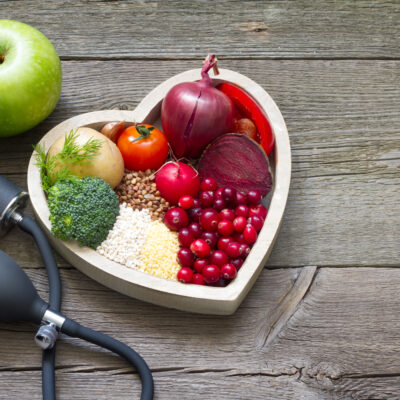
Health
Diagnosing and Treating Chronic Allergies
An allergic reaction is what occurs when your body is extra sensitive to a given substance and the immune system reacts to it. People can have a food allergy, asthma, pollen allergy, and environmental or seasonal allergy. Substances that cause an allergic reaction are called allergens, and they can cause inflammation of the skin, sinuses, digestive system, or swelling of the airways. Allergies and their severity vary from person to person. The severity of an allergy can range from a minor redness or irritation to a life-threatening emergency. There are different allergies and all of them broadly fall under the following types: Food allergies Insect allergies (i.e., bee or wasp stings) Animal or pet allergies (i.e., fur or dander) Drug allergies Respiratory and eye allergies (i,.e., exercise or environmental allergy) Skin allergies. Food allergies An important part of treating allergies is getting tested for an allergy. In other words, diagnosing the allergies one is an important part of the treatment. Diagnosis of chronic allergy is the first step in knowing which area needs treatment. To diagnose an allergy, doctors as questions about the signs and symptoms of an allergy in detail. Doctors also aim to identify allergens that trigger asthma in people.
Read More 















